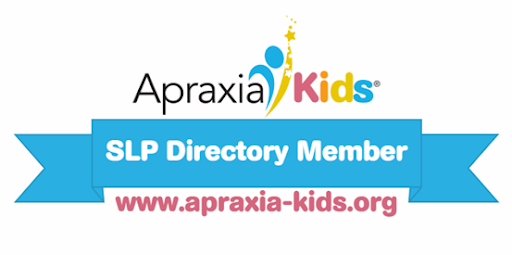Free Hearing Screening App
Has your child had a hearing screening or hearing test recently? The World Health Organization (WHO) has created a free app called “hearWHO” to help detect hearing loss! Consider using this app between hearing tests to monitor your child’s hearing between visits. This app also provides tips about listening habits with headphones and provides hearing level comparisons for its users. This app is also a wonderful tool for family’s who have limited access to hearing health. Hearing loss can significantly affect a child’s speech and language development. It is extremely important to monitor your child’s hearing abilities. Take advantage of this free opportunity to celebrate Better Hearing & Speech Month!


